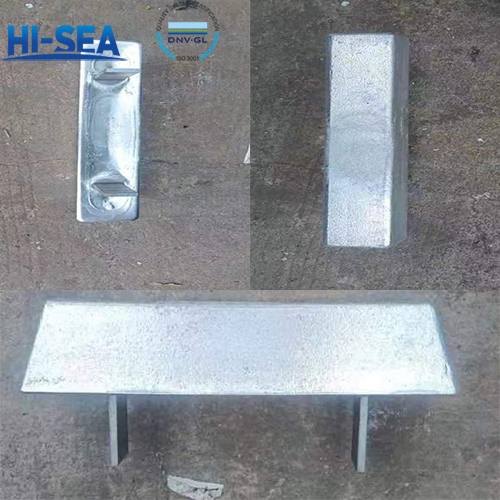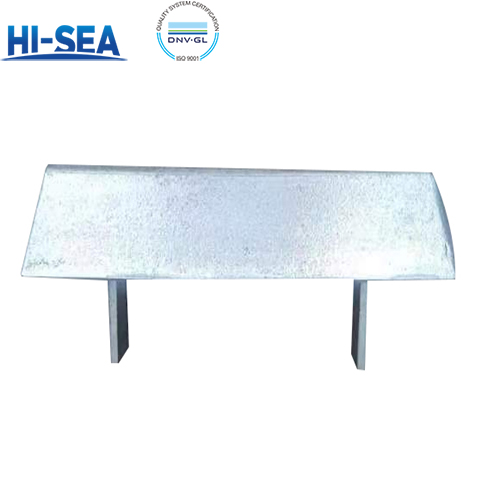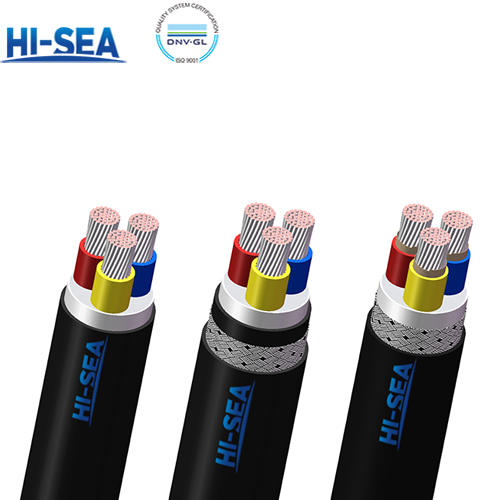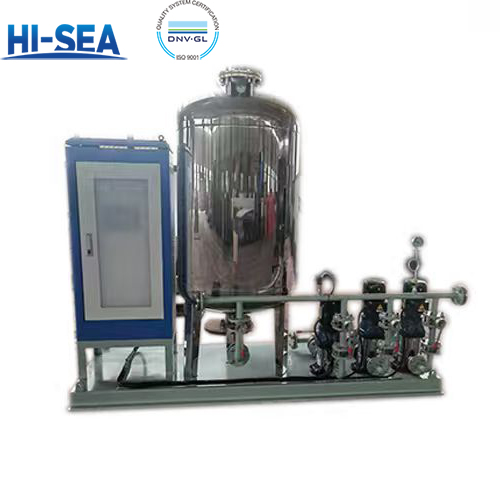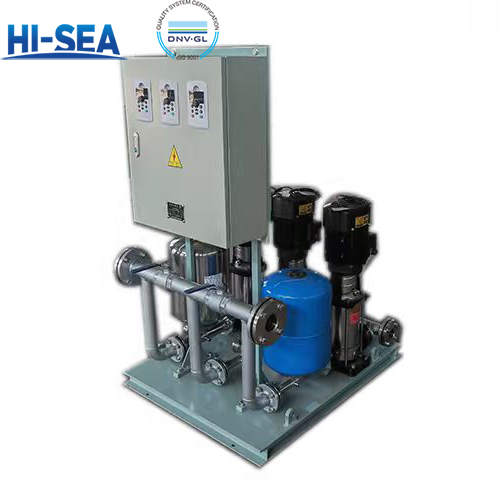
Galvanized Sacrificial Anode
Galvanized sacrificial anode protection is an effective metal corrosion prevention technology, which slows down the corrosion of metal and prolongs its service life by forming a zinc layer on the metal surface. It is widely used in steel structures, pipelines, ships, bridges and other fields, and has achieved remarkable anti-corrosion effects.
Overview
Principle of Galvanized Sacrificial Anode Protection
1. Electrochemical Principle
The principle of galvanized sacrificial anode protection is based on electrochemical reaction. When metal corrosion caused by redox reaction occurs on the metal surface, the more easily oxidised metal (anode) will sacrifice itself to provide electrons for the less easily oxidised metal (cathode), thus reducing the corrosion rate of the metal. In galvanised sacrificial anode protection, zinc acts as an anode and protects the metal substrate by reacting electrochemically with the substrate.
2. Potential Difference of Zinc
The basis of galvanic sacrificial anode protection is the potential difference of zinc. Zinc has a low standard potential and is therefore more susceptible to redox reactions in the electrochemical reaction, thus becoming a sacrificial anode. When zinc is attached to the metal substrate, it is oxidised preferentially due to the potential difference, thus slowing down the corrosion of the metal substrate.
3. Dissolution of the Anode and Protection of the Cathode
In galvanised sacrificial anode protection, zinc is dissolved in an electrolyte solution and electrons are released. These electrons pass through the surface of the metal substrate to the cathode, preventing the corrosion reaction of the metal substrate. At the same time, the dissolved zinc ions combine with the anions in the electrolyte to form stable zinc salts, which strengthen the zinc layer and increase the corrosion resistance of the metal.
Picture of Galvanized Sacrificial Anode
